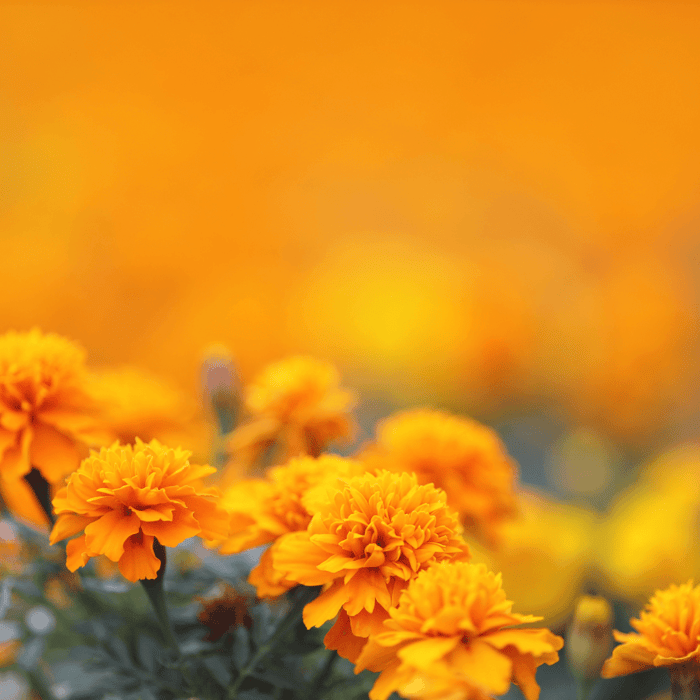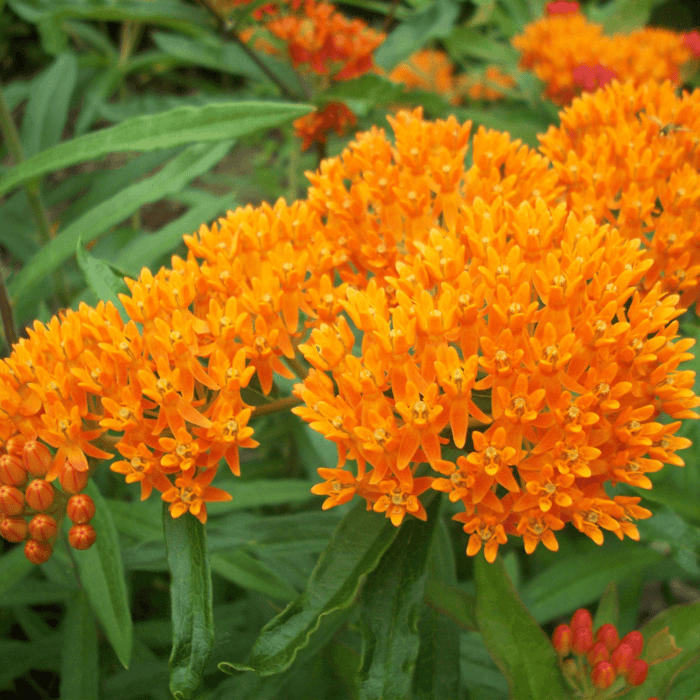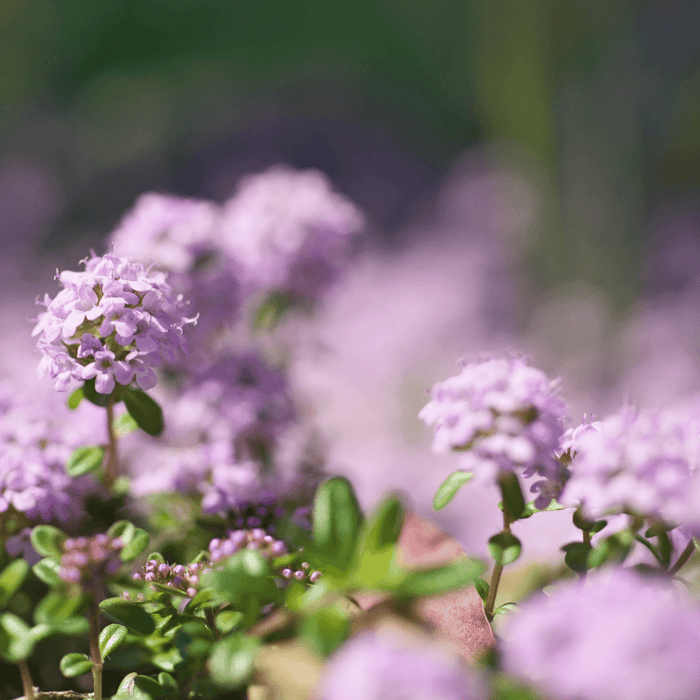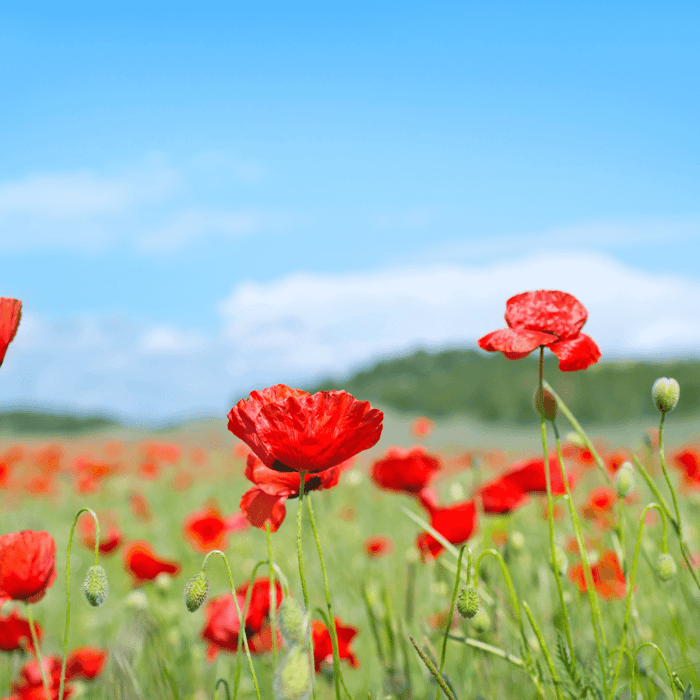Hi there, I'm Jeena, a passionate gardener, and today I'm excited to share my insights with you about two vibrant flowers: marigolds and zinnias. These easy-to-grow plants are a great addition to any garden, and in this in-depth article, we'll explore can marigolds and zinnias grow together. Let's dive in!
Introduction
As a gardener, I always look for ways to make my garden more beautiful and efficient. Marigolds and zinnias are two colorful flowers that I love to grow. They're not only gorgeous but also have numerous benefits when planted together. By the end of this article, you'll be eager to plant marigolds and zinnias in your garden too!
The Beauty of Marigolds and Zinnias
Marigolds: A Pop of Color
Marigold flowers are known for their bright, bold colors, ranging from yellows and oranges to reds and maroons. These eye-catching flowers can last a long time and are perfect for adding color to your garden.
Marigold Seeds For Planting | 4 Variety Pack
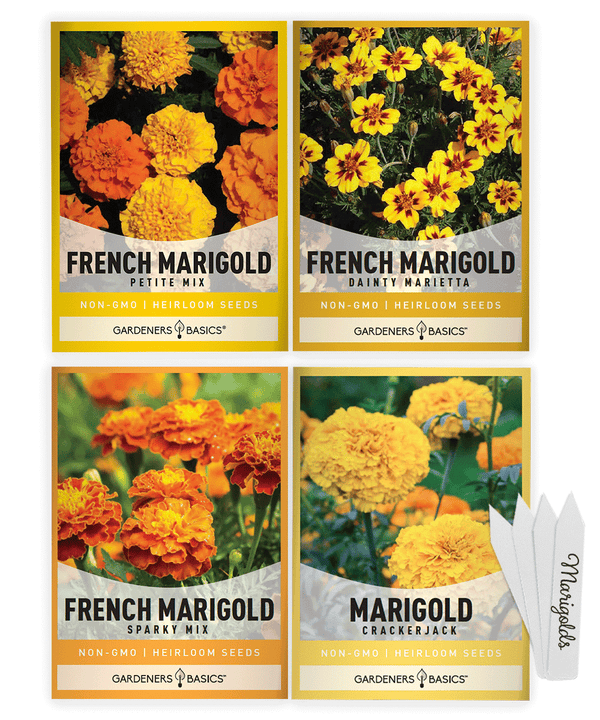
$7.95
4 Heirloom Marigold Varieties for Natural Pest Control and Beautiful Blooms Introducing our 4 Marigold Seeds Variety Pack – the perfect choice for gardeners who love vibrant, resilient blooms! This carefully selected pack includes heirloom seeds that are non-hybrid, open-pollinated,… read more
Zinnias: Vibrant Flowers for a Cut Flower Garden
Zinnia flowers come in various colors, shapes, and sizes, making them an excellent choice for a cut flower garden. These vibrant flowers are in pinks, reds, oranges, yellows, and even two-toned varieties. The stunning array of colors makes zinnias a favorite among gardeners.
Planting Marigolds and Zinnias Together
Weeks Prior: Prepping Your Seeds
To achieve the best results, start your marigold and zinnia seeds indoors about 6-8 weeks before your area's last frost date. This ensures that your seedlings will be solid and ready to transplant when the time comes.
Full Sun: The Perfect Spot for Both
Both marigolds and zinnias thrive in full sun, so finding a sunny spot in your garden is crucial. Ensure your chosen location receives at least 6 hours of direct sunlight daily.
Slightly Acidic: Ideal Soil Conditions
Marigolds and zinnias prefer slightly acidic soil, with a pH range of 6.0 to 6.5. It's essential to test and amend your soil to ensure the best-growing conditions for your plants.
Moist Soil: Watering Your Plants
Both marigolds and zinnias enjoy moist soil, but it's essential not to overwater them. Be sure to water the base of the plants and avoid getting the leaves wet, as this can lead to fungal diseases.
Soil Preparation and Amendments
Organic Matter: Feeding Your Soil
Before planting your marigolds and zinnias, preparing your soil by incorporating organic matter is crucial. This will help improve soil structure, drainage, and nutrient content. Good options for organic matter include compost, well-rotted manure, or leaf mold.
Fertilizers: Boosting Nutrient Content
In addition to organic matter, you may add a balanced, slow-release fertilizer to the planting area. This will provide the necessary nutrients for your marigolds and zinnias to grow and thrive.
Mulching: Retaining Moisture and Preventing Weeds
Once your marigolds and zinnias are planted, consider applying mulch to the soil surface. Mulch helps retain soil moisture, regulates soil temperature, and suppresses weed growth. Organic mulches, such as wood chips, shredded bark, or straw, are ideal.
Zinnia Seeds for Outdoor Planting | 5 Variety Pack
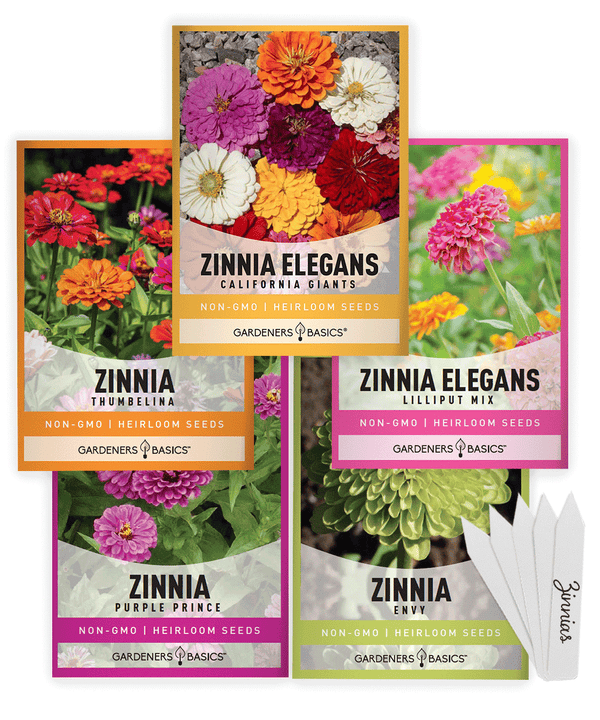
$9.95
Brighten Your Garden with Our 5 Zinnia Seeds Variety Pack! Bring bold color, sustainable beauty, and pollinator-friendly blooms to your garden with this stunning collection of zinnias. Perfect for gardeners looking to create eye-catching flower beds, cutting gardens, or pollinator… read more
The Benefits of Growing Marigolds and Zinnias Together
Companion Plants: A Winning Combination
Marigolds and zinnias make excellent companion plants. Growing them together can improve the overall health and appearance of your garden. Marigolds can help deter pests, while zinnias attract beneficial insects like ladybugs and lacewings.
Attracting Pollinators: Bees and Butterflies
Both marigolds and zinnias are known for attracting pollinators such as bees and butterflies. This benefits your garden's ecosystem but also makes your garden a beautiful space filled with fluttering and buzzing friends.
Vegetable Garden: Boosting Your Crops
Planting marigolds and zinnias in a vegetable garden can be beneficial as well. Marigolds help keep pests away, while zinnias attract pollinators that can aid in pollinating your vegetable crops.
Growing Tips for Marigolds and Zinnias
Marigolds Prefer: Space to Grow
Marigolds prefer to grow with ample space between them to ensure proper air circulation and prevent the spread of diseases. Depending on the variety, marigolds should be spaced about 8-18 inches apart.
Zinnias Prefer: Adequate Spacing
Zinnias also prefer to grow with enough room between them to promote healthy growth and prevent overcrowding. Space your zinnias about 9-12 inches apart, depending on the variety.
Fertilizing Your Garden
While both marigolds and zinnias are relatively low-maintenance, they can benefit from occasional fertilization. Use a balanced, slow-release fertilizer for the best results. Be careful not to over-fertilize, as this can lead to an overgrowth of foliage at the expense of blooms.
Pruning and Deadheading
Be sure to deadhead any spent flowers to encourage continuous blooming and keep your marigolds and zinnias looking their best. Pruning your plants will also help maintain their shape and promote healthy growth.
Pests and Diseases: Prevention and Control
Pests: Keep an Eye Out
While marigolds and zinnias are relatively pest-resistant, monitoring your plants for any signs of an infestation is essential. Aphids, spider mites, and caterpillars can sometimes be a problem. If you notice any pests, remove them manually or use a natural insecticide, such as neem oil.
Diseases: Proper Care
Proper care and maintenance can help prevent diseases in your marigolds and zinnias. Be sure to water your plants at the base and avoid wetting the leaves to reduce the risk of fungal diseases. Also, ensure your plants have enough space and air circulation to discourage the spread of disease.
 Additional Companion Plants for Marigolds and Zinnias
Additional Companion Plants for Marigolds and Zinnias
Marigolds and zinnias can be paired with other companion plants to create a diverse and vibrant garden. Some good options include:
- Sunflowers: Tall and striking, sunflowers provide a beautiful backdrop for your marigolds and zinnias.
- Salvia: With its spiky flowers and attractive foliage, salvia is an excellent complement to marigolds and zinnias.
- Cosmos: These daisy-like flowers add a delicate touch to your garden and attract even more pollinators.
- Petunias: These versatile flowers come in various colors and are a lovely addition to any garden bed featuring marigolds and zinnias.
Conclusion
In conclusion, marigolds and zinnias can grow together, creating a beautiful, colorful, and beneficial garden space. These easy-to-grow flowers are visually stunning and offer numerous advantages when planted alongside each other.
By following the tips and guidelines in this article, you can create a thriving, attractive garden filled with vibrancy.



